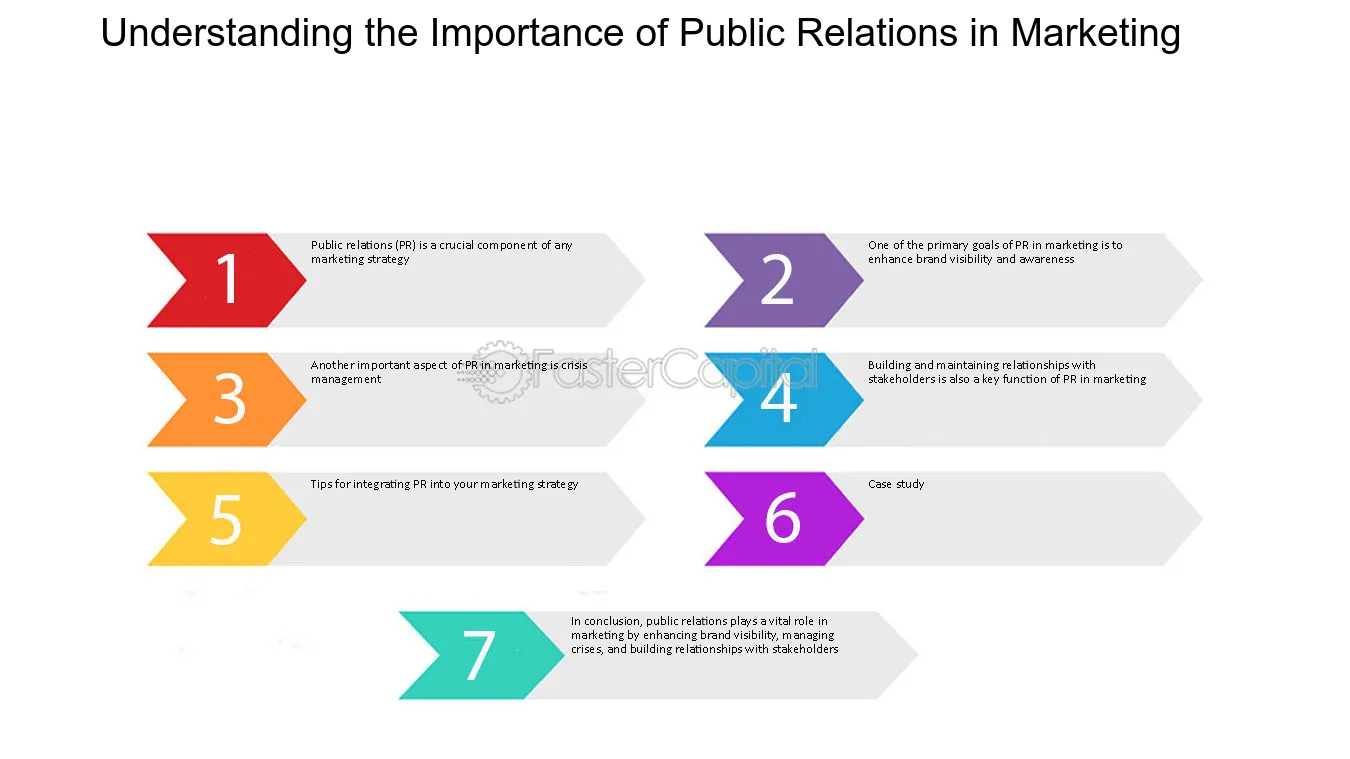In today’s hyperconnected world, where information travels at the speed of a click, maintaining a positive brand reputation is more critical than ever. Public Relations (PR) plays a pivotal role in shaping and safeguarding this reputation. This article delves into the multifaceted realm of PR, exploring its significance in enhancing brand reputation and influence.
I. Understanding Public Relations:
- Definition and Scope:
- Defining PR: PR encompasses strategic communication efforts aimed at building mutually beneficial relationships between an organization and its stakeholders.
- Scope: From media relations to crisis management, PR encompasses various functions aimed at managing perceptions and fostering trust.
- Evolution of PR:
- Historical Overview: Tracing the origins of PR from ancient civilizations to its modern-day manifestations.
- Technological Advancements: The impact of technology on PR practices, from traditional media to digital platforms.
II. The Role of PR in Brand Reputation Management:
- Building Credibility:
- Establishing Trust: Leveraging PR to communicate transparently and authentically with stakeholders.
- Thought Leadership: Positioning key executives as industry experts to enhance brand credibility.
- Managing Public Perception:
- Media Relations: Cultivating positive relationships with journalists and influencers to shape media coverage.
- Reputation Monitoring: Utilizing tools and analytics to monitor online sentiment and address potential reputation threats proactively.
III. Leveraging PR for Brand Influence:
- Creating Brand Stories:
- Storytelling Techniques: Crafting compelling narratives that resonate with target audiences and enhance brand affinity.
- Emotional Branding: Leveraging emotions to forge deeper connections and influence consumer behavior.
- Engaging Stakeholders:
- Community Engagement: Initiating CSR (Corporate Social Responsibility) initiatives to demonstrate commitment to social causes.
- Influencer Partnerships: Collaborating with influencers to amplify brand messaging and reach new audiences.
IV. The Impact of PR on Organizational Success:
- Crisis Management:
- Preparing for Crisis: Developing robust crisis communication strategies to mitigate reputational damage.
- Crisis Response: Examining case studies of successful and unsuccessful crisis management approaches.
- Driving Business Growth:
- ROI of PR: Assessing the tangible and intangible benefits of PR efforts on organizational success.
- Integration with Marketing: Aligning PR objectives with marketing goals to drive brand visibility and customer acquisition.
V. Case Studies: Examining PR Success Stories:
- Nike: How Nike navigated controversies to emerge as a beacon of social activism through strategic PR initiatives.
- Dove: Analyzing Dove’s “Real Beauty” campaign and its impact on brand perception and market share.
- Airbnb: Exploring Airbnb’s innovative PR campaigns that transformed the brand into a symbol of inclusive hospitality.
Conclusion:
In an era defined by digital interconnectedness and heightened consumer scrutiny, PR emerges as a powerful tool for enhancing brand reputation and influence. By strategically managing communication, fostering trust, and engaging stakeholders, organizations can leverage PR to navigate challenges, seize opportunities, and ultimately, thrive in the competitive landscape of the modern marketplace.
